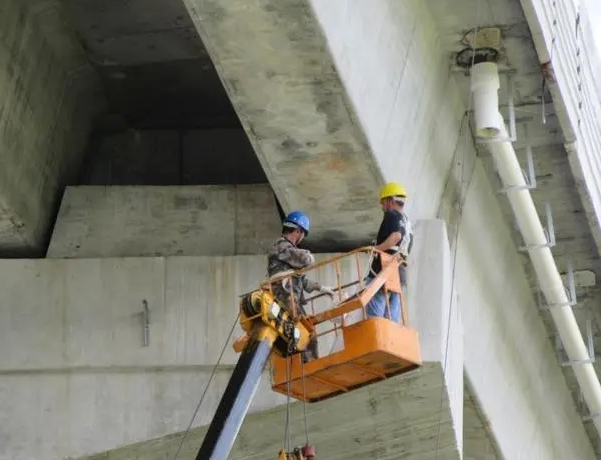Aug . 22, 2024 02:06 Back to list
Transitioning from HDPE to PVC in Product Design and Applications
Transition Coupling from HDPE to PVC Products A Comprehensive Overview
The transition coupling from High-Density Polyethylene (HDPE) to Polyvinyl Chloride (PVC) products is an important area of focus in the manufacturing and construction industries. As polymer materials continue to evolve, understanding their advantages, applications, and environmental impact becomes crucial. This article explores the intricacies of coupling HDPE to PVC, highlighting key attributes and considerations for industries adopting these materials.
Understanding HDPE and PVC
HDPE is known for its high strength-to-density ratio, making it an ideal choice for applications requiring durable and lightweight materials. It is frequently used in a variety of products, including piping systems, containers, and automotive parts. The material's resistance to impact, chemicals, and moisture further underscores its versatility.
On the other hand, PVC, a widely used synthetic plastic polymer, is praised for its affordability, durability, and ease of application. Its applications range from plumbing and drainage systems to electrical cable insulation and packaging materials. PVC's resistance to corrosion and UV light also makes it suitable for long-term outdoor use.
The Need for Transition Couplings
The transition coupling between HDPE and PVC products is often necessary in construction and plumbing projects where both materials are utilized. For example, in municipal applications, there may be a need to connect an existing HDPE pipeline to a newly installed PVC pipe. This coupling ensures compatibility between systems and maximizes functionality while maintaining the integrity of the overall pipeline.
Key Benefits of Transition Couplings
1. Durability and Longevity The combination of HDPE and PVC technologies in transition couplings creates a robust solution that is resistant to corrosion and other environmental stressors. This durability reduces maintenance needs and extends the life of piping systems.
transition coupling hdpe to pvc product

2. Cost-Effectiveness Although transitioning from HDPE to PVC may involve initial investment costs, the long-term savings in maintenance and replacement make it a cost-effective choice. Moreover, both materials are widely available, which can decrease procurement expenses.
3. Easy Installation Transition couplings are designed for quick and easy installation, minimizing labor time and costs. The simplicity of connecting these two materials allows for seamless integration into existing systems.
4. Environmental Considerations Both HDPE and PVC are recyclable materials, contributing to a more sustainable approach to construction and manufacturing. Choosing to utilize these materials can help reduce the environmental footprint of projects.
Challenges in Transition Coupling
Despite the many advantages, transitioning from HDPE to PVC does pose certain challenges. The differences in thermal expansion, pressure ratings, and overall structural properties of the two materials may lead to compatibility issues. Proper design and engineering are essential to mitigate these challenges, ensuring the transition coupling provides a reliable connection.
Additionally, the bonding methods used to join HDPE and PVC must be carefully selected. Mechanical fittings or specific adhesives may be required to achieve a strong and leak-proof seal. The expertise of professionals in the field is crucial in determining the best approach for each unique application.
Conclusion
The transition coupling from HDPE to PVC products represents an essential development in the design and implementation of modern infrastructure. By understanding the unique characteristics and benefits of both materials, industries can make informed and strategic decisions. While challenges exist, the successful integration of HDPE and PVC through effective coupling techniques can lead to enhanced system performance, longevity, and sustainability in a variety of applications. As technology advances, so too will the innovations that facilitate these connections, paving the way for a future of improved materials and smarter designs.
-
High-Quality PVC Borehole Pipes Durable & Versatile Pipe Solutions
NewsJul.08,2025
-
High-Quality PVC Perforated Pipes for Efficient Drainage Leading Manufacturers & Factories
NewsJul.08,2025
-
High-Quality PVC Borehole Pipes Durable Pipe Solutions by Leading Manufacturer
NewsJul.08,2025
-
High-Quality PVC Borehole Pipes Reliable PVC Pipe Manufacturer Solutions
NewsJul.07,2025
-
High-Quality UPVC Drain Pipes Durable HDPE & Drain Pipe Solutions
NewsJul.07,2025
-
High-Quality Conduit Pipes & HDPE Conduit Fittings Manufacturer Reliable Factory Supply
NewsJul.06,2025

